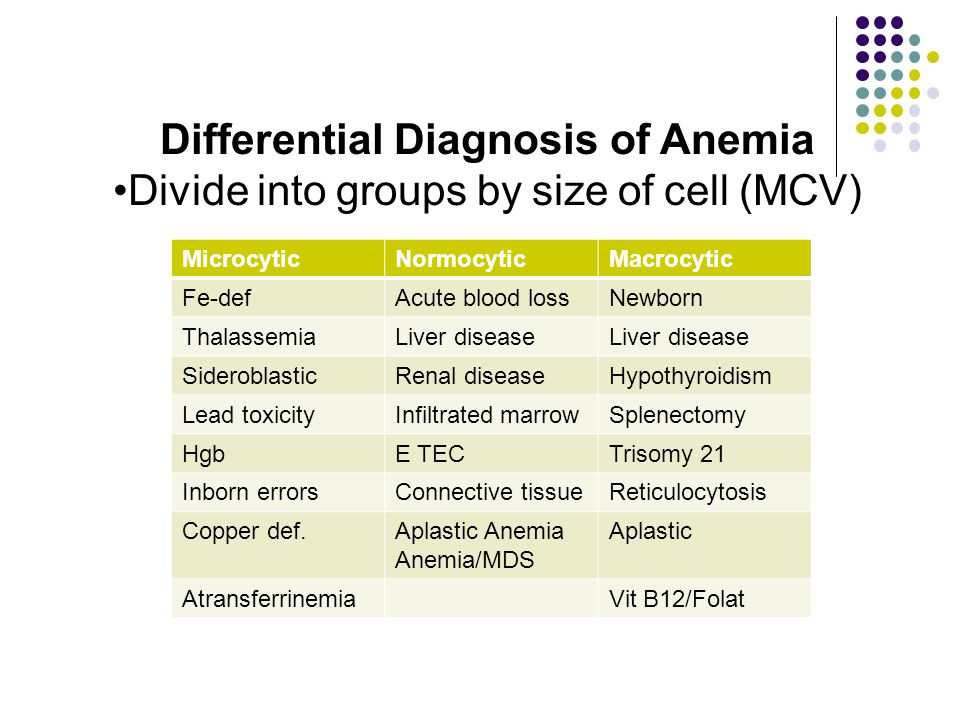Zimbardo time perspective inventory
Zimbardo Time Perspective Inventory | Science Of Behavior Change
The 56-item Zimbardo Time Perspective Inventory (ZPTI) measures individual differences in time-orientation, or tendency to focus on different aspects of the past, present, and future. The measure consists of five subscales, with answers scored from 1, very uncharacteristic [of me], to 5, very characteristic [of me]. The subscales are: (1) Past-Negative, including 10 items such as, “I think about the bad things that have happened to me in the past,” (2) Present-Hedonistic, including 15 items such as, “Taking risks keeps my life from becoming boring,” (3) Future, including 13 items such as, “I complete projects on time by making steady progress,” (4) Past-Positive, including nine items such as, “It gives me pleasure to think about the past,” and (5) Present-Fatalistic, including nine items such as, “Often luck pays off better than hard work.”
All Measures
[+]
Identified | The ZPTI was designed to capture different facets of perspective on time encompassing the past, present, and future (Zimbardo & Boyd, 1999; 2015). [+] PMCID, PUBMED ID, or CITATIONText Citation: Zimbardo, P. G., & Boyd, J. N. (1999). Putting time in perspective: A valid, reliable individual-differences metric. Journal of Personality and Social Psychology, 77(6), 1271-1288. Text Citation: Zimbardo, P. G., & Boyd, J. N. (2015). Putting time in perspective: A valid, reliable individual-differences metric. In Time perspective theory; review, research and application (pp. 17-55). Springer International Publishing. | |
Measured | Although developing the five factors on the ZPTI took many years, Zuckerman and Boyd (1999; 2015) reported only the final exploratory and confirmatory analyses. [+] PMCID, PUBMED ID, or CITATIONText Citation: Zimbardo, P. G., & Boyd, J. N. (1999). Putting time in perspective: A valid, reliable individual-differences metric. Journal of Personality and Social Psychology, 77(6), 1271-1288. Text Citation: Zimbardo, P. G., & Boyd, J. N. (2015). Putting time in perspective: A valid, reliable individual-differences metric. In Time perspective theory; review, research and application (pp. 17-55). Springer International Publishing. [+] DemographicsSex: 50.1/49.9% M/F | |
Influenced |
This measure has not been influenced yet. | |
Validated | This measure has not been validated yet. |
Access Measure
Additional Resources
| Time Perspective Survey | Visit Link |
What Are the Optimal Levels of Time Perspectives? Deviation from the Balanced Time Perspective-Revisited (DBTP-r)
1. Birkás, B., Matuz, A., & Csathó, Á. (2018). Examining the deviation from balanced time perspective in the dark triad throughout adulthood. Frontiers in Psychology, 9 DOI: 10.3389/fpsyg.2018.01046 [PMC free article] [PubMed] [CrossRef] [Google Scholar]
2. Boniwell, I., Osin, E.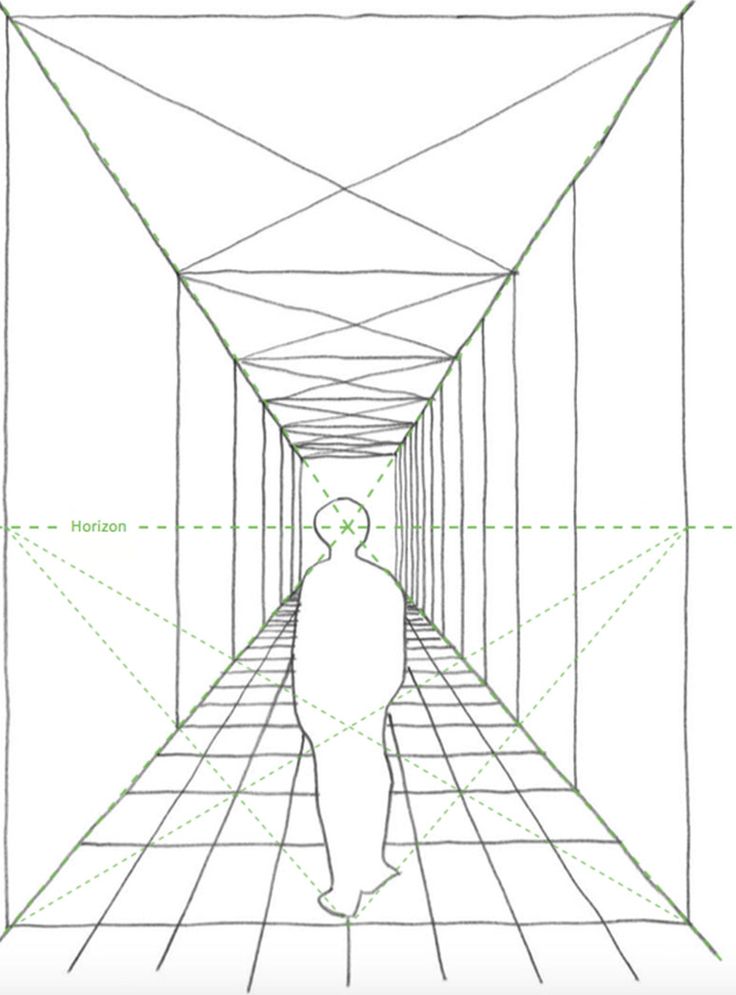 , Linley, P. A., & Ivanchenko, G. V. (2010). A question of balance: Time perspective and well-being in British and Russian samples. Journal of Positive Psychology, 5(1), 24–40. DOI: 10.1080/17439760903271181 [CrossRef] [Google Scholar]
, Linley, P. A., & Ivanchenko, G. V. (2010). A question of balance: Time perspective and well-being in British and Russian samples. Journal of Positive Psychology, 5(1), 24–40. DOI: 10.1080/17439760903271181 [CrossRef] [Google Scholar]
3. Boniwell, I., & Zimbardo, P. G. (2004). Balancing time perspective in pursuit of optimal functioning In Linley P. A., Joseph S. (Ed.). Positive Psychology in Practice (pp. 165–178). Hoboken, NJ: John Wiley and Sons, Inc; DOI: 10.1002/9780470939338.ch20 [CrossRef] [Google Scholar]
4. Brzozowski, P. (2010). Skala uczuć pozytywnych i negatywnych SUPIN. Polska adaptacja PANAS Davida Watsona i Lee Anny Clark. Podręcznik [Positive and negative affect scale SUPIN. Polish adaptation of PANAS by David Watson and Lee Anna Clark. User’s manual]. Warsaw: Pracownia Testów Psychologicznych PTP. [Google Scholar]
5. Daugherty, J. R., & Brase, G. L. (2010). Taking time to be healthy: Predicting health behaviors with delay discounting and time perspective. Personality and Individual Differences, 48(2), 202–207. DOI: 10.1016/j.paid.2009.10.007 [CrossRef] [Google Scholar]
Personality and Individual Differences, 48(2), 202–207. DOI: 10.1016/j.paid.2009.10.007 [CrossRef] [Google Scholar]
6. Desmyter, F., & De Raedt, R. (2012). The relationship between time perspective and subjective well-being of older adults. Psychologica Belgica, 52(1), 19–38. DOI: 10.5334/pb-52-1-19 [CrossRef] [Google Scholar]
7. Diener, E. D., Emmons, R. A., Larsen, R. J., & Griffin, S. (1985). The satisfaction with life scale. Journal of Personality Assessment, 49(1), 71–75. DOI: 10.1207/s15327752jpa4901_13 [PubMed] [CrossRef] [Google Scholar]
8. Drake, L., Duncan, E., Sutherland, F., Abernethy, C., & Colette, H. (2008). Time perspective and correlates of wellbeing. Time & Society, 17(1), 47–61. DOI: 10.1177/0961463X07086304 [CrossRef] [Google Scholar]
9. Garcia, J. A., & Ruiz, B. (2015). Exploring the role of time perspective in leisure choices: What about the balanced time perspective? Journal of Leisure Research, 47, 515–537. DOI: 10.18666/jlr-2015-v47-i5-5876 [CrossRef] [Google Scholar]
10. Gruber, J., Cunningham, W. A., Kirkland, T., & Hay, A. C. (2012). Feeling stuck in the present? Mania proneness and history associated with present-oriented time perspective. Emotion, 12(1), 13–17. DOI: 10.1037/a0025062 [PubMed] [CrossRef] [Google Scholar]
Gruber, J., Cunningham, W. A., Kirkland, T., & Hay, A. C. (2012). Feeling stuck in the present? Mania proneness and history associated with present-oriented time perspective. Emotion, 12(1), 13–17. DOI: 10.1037/a0025062 [PubMed] [CrossRef] [Google Scholar]
11. Holman, E. A., & Zimbardo, P. G. (2009). The social language of time: The time perspective–social network connection. Basic and Applied Social Psychology, 31(2), 136–147. DOI: 10.1080/01973530902880415 [CrossRef] [Google Scholar]
12. Jankowski, K. S. (2015). Is the shift in chronotype associated with an alteration in wellbeing? Biological Rhythm Research, 46, 237–248. DOI: 10.1080/09291016.2014.985000 [CrossRef] [Google Scholar]
13. Jankowski, K. S. (2016). Morningness-eveningness and depressive symptoms: Test on the components level with CES-D in Polish students. Journal of Affective Disorders, 196, 47–53. DOI: 10.1016/j.jad.2016.02.015 [PubMed] [CrossRef] [Google Scholar]
14. Kashdan, T. B., Rose, P. , & Fincham, F. D. (2004). Curiosity and exploration: Facilitating positive subjective experiences and personal growth opportunities. Journal of Personality Assessment, 82(3), 291–305. DOI: 10.1207/s15327752jpa8203_05 [PubMed] [CrossRef] [Google Scholar]
, & Fincham, F. D. (2004). Curiosity and exploration: Facilitating positive subjective experiences and personal growth opportunities. Journal of Personality Assessment, 82(3), 291–305. DOI: 10.1207/s15327752jpa8203_05 [PubMed] [CrossRef] [Google Scholar]
15. Keough, K. A., Zimbardo, P. G., & Boyd, J. N. (1999). Who’s smoking, drinking, and using drugs? Time perspective as a predictor of substance use. Basic and Applied Social Psychology, 21(2), 149–164. DOI: 10.1080/01973530902880415 [CrossRef] [Google Scholar]
16. Kozak, B., & Mażewski, M. (2007). Past or future? Functional meaning of time perspective. Psychological Colloquia, 16, 225–233. [Google Scholar]
17. Loose, T. T., Acier, D., Andretta, J. R., Cole, J. C., McKay, M. T., Wagner, V., & Worrell, F. C. (2018). Time perspective and alcohol-use indicators in France and the United Kingdom: results across adolescents, university students, and treatment outpatients. Addiction Research & Theory, 26(2), 143–150. DOI: 10.1080/16066359.2017.1334202 [CrossRef] [Google Scholar]
DOI: 10.1080/16066359.2017.1334202 [CrossRef] [Google Scholar]
18. MacKillop, J., Anderson, E. J., Castelda, B. A., Mattson, R. E., & Donovick, P. J. (2006). Convergent validity of measures of cognitive distortions, impulsivity, and time perspective with pathological gambling. Psychology of Addictive Behaviors, 20(1), 75–79. DOI: 10.1037/0893-164X.20.1.75 [PubMed] [CrossRef] [Google Scholar]
19. Matthews, G., Jones, D. M., & Chamberlain, A. G. (1990). Refining the measurement of mood: The UWIST Mood Adjective Checklist. The British Journal of Psychology, 81, 17–42. DOI: 10.1111/j.2044-8295.1990.tb02343.x [CrossRef] [Google Scholar]
20. McKay, M. T., Worrell, F. C., Zivkovic, U., Temple, E., Mello, Z. R., Musil, B., … & Perry, J. L. (2018). A balanced time perspective: Is it an exercise in empiricism, and does it relate meaningfully to health and well-being outcomes? International Journal of Psychology, 54(6), 775–785. DOI: 10.1002/ijop.12530 [PubMed] [CrossRef] [Google Scholar]
21.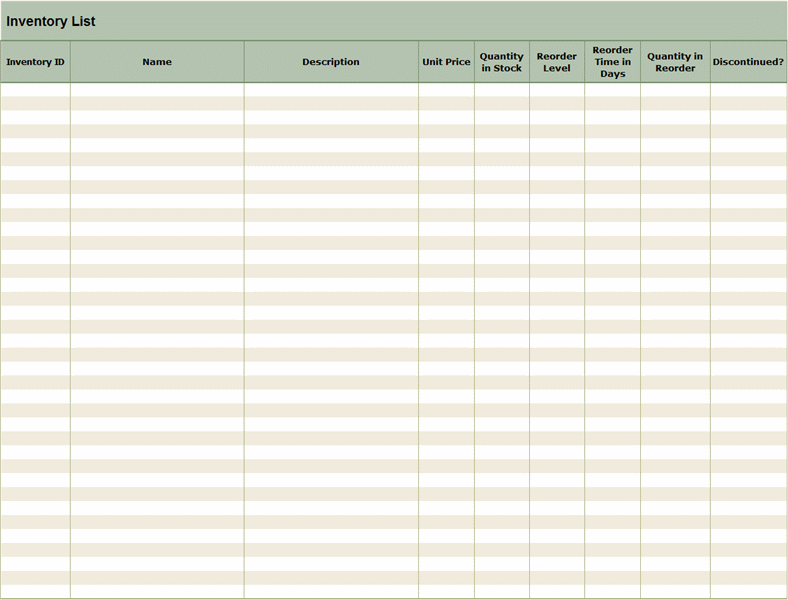 Orkibi, H., & Ronen, T. (2018). A dual-pathway model linking self-control skills to aggression in adolescents: Happiness and time perspective as mediators. Journal of Happiness Studies, 20, 729–742. DOI: 10.1007/s10902-018-9967-1 [CrossRef] [Google Scholar]
Orkibi, H., & Ronen, T. (2018). A dual-pathway model linking self-control skills to aggression in adolescents: Happiness and time perspective as mediators. Journal of Happiness Studies, 20, 729–742. DOI: 10.1007/s10902-018-9967-1 [CrossRef] [Google Scholar]
22. Papastamatelou, J., Unger, A., Giotakos, O., & Athanasiadou, F. (2015). Is time perspective a predictor of anxiety and perceived stress? Some preliminary results from Greece. Psychological Studies, 60, 468–477. DOI: 10.1007/s12646-015-0342-6 [CrossRef] [Google Scholar]
23. Phillips, W. J. (2018). Future-outlook mediates the association between self-compassion and well-being. Personality and Individual Differences, 135, 143–148. DOI: 10.1016/j.paid.2018.07.006 [CrossRef] [Google Scholar]
24. Radloff, L. S. (1977). The CES–D scale: a self–report depression scale for research in the general population. Applied Psychological Measures, 1, 385–401. DOI: 10.1177/014662167700100306 [CrossRef] [Google Scholar]
25.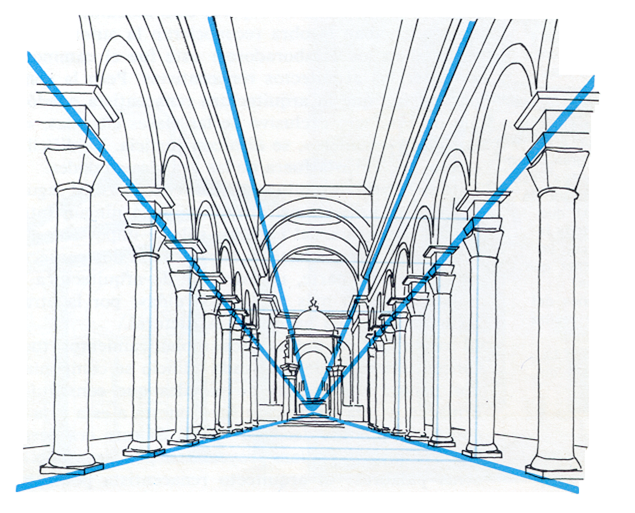 Rönnlund, M., Åström, E., & Carelli, M. G. (2017). Time perspective in late adulthood: aging patterns in past, present and future dimensions, deviations from balance, and associations with subjective well-being. Timing & Time Perception, 5(1), 77–98. DOI: 10.1163/22134468-00002081 [CrossRef] [Google Scholar]
Rönnlund, M., Åström, E., & Carelli, M. G. (2017). Time perspective in late adulthood: aging patterns in past, present and future dimensions, deviations from balance, and associations with subjective well-being. Timing & Time Perception, 5(1), 77–98. DOI: 10.1163/22134468-00002081 [CrossRef] [Google Scholar]
26. Sailer, U., Rosenberg, P., Nima, A. A., Gamble, A., Gärling, T., Archer, T., & Garcia, D. (2014). A happier and less sinister past, a more hedonistic and less fatalistic present and a more structured future: time perspective and well-being. PeerJ, 2: e303 DOI: 10.7717/peerj.303 [PMC free article] [PubMed] [CrossRef] [Google Scholar]
27. Sircova, A., Van De Vijver, F. J., Osin, E., Milfont, T. L., Fieulaine, N., Kislali-Erginbilgic, A., … & Leite, U. D. R. (2014). A global look at time: A 24-country study of the equivalence of the Zimbardo Time Perspective Inventory. Sage Open, 4(1), 2158244013515686 DOI: 10.1177/2158244013515686 [CrossRef] [Google Scholar]
28. Sobol-Kwapinska, M., & Jankowski, T. (2016). Positive time: balanced time perspective and positive orientation. Journal of Happiness Studies, 17, 1511–1528. DOI: 10.1007/s10902-015-9656-2 [CrossRef] [Google Scholar]
Sobol-Kwapinska, M., & Jankowski, T. (2016). Positive time: balanced time perspective and positive orientation. Journal of Happiness Studies, 17, 1511–1528. DOI: 10.1007/s10902-015-9656-2 [CrossRef] [Google Scholar]
29. Stolarski, M. (2016). Not restricted by their personality: Balanced time perspective moderates well-established relationships between personality traits and well-being. Personality and Individual Differences, 100, 140–144. DOI: 10.1016/j.paid.2015.11.037 [CrossRef] [Google Scholar]
30. Stolarski, M., Bitner, J., & Zimbardo, P. G. (2011). Time perspective, emotional intelligence and discounting of delayed awards. Time & Society, 20(3), 346–363. DOI: 10.1177/0961463X11414296 [CrossRef] [Google Scholar]
31. Stolarski, M., & Cyniak-Cieciura, M. (2016). Balanced and less traumatized: Balanced time perspective mediates the relationship between temperament and severity of PTSD in motor vehicle accident survivor sample. Personality and Individual Differences, 10, 456–461. DOI: 10.1016/j.paid.2016.06.055 [CrossRef] [Google Scholar]
DOI: 10.1016/j.paid.2016.06.055 [CrossRef] [Google Scholar]
32. Stolarski, M., Matthews, G., Postek, S., Zimbardo, P. G., & Bitner, J. (2014). How we feel is a matter of time: Relationships between time perspectives and mood. Journal of Happiness Studies, 15(4), 809–827. DOI: 10.1007/s10902-013-9450-y [CrossRef] [Google Scholar]
33. Stolarski, M., Vowinckel, J., Jankowski, K. S., & Zajenkowski, M. (2016). Mind the balance, be contented: Balanced time perspective mediates the relationship between mindfulness and life satisfaction. Personality and Individual Differences, 93, 27–31. DOI: 10.1016/j.paid.2015.09.039 [CrossRef] [Google Scholar]
34. Stolarski, M., Wojtkowska, K., & Kwiecińska, M. (2016). Time for love: Partners’ time perspectives predict relationship satisfaction in romantic heterosexual couples. Time & Society, 25(3), 552–574. DOI: 10.1177/0961463X15596703 [CrossRef] [Google Scholar]
35. Stolarski, M., Zajenkowski, M., Jankowski, K. S. , & Szymaniak, K. (2020). Deviation from the balanced time perspective: A systematic review of empirical relationships with psychological variables. Personality and Individual Differences, 156, 109772 DOI: 10.1016/j.paid.2019.109772 [CrossRef] [Google Scholar]
, & Szymaniak, K. (2020). Deviation from the balanced time perspective: A systematic review of empirical relationships with psychological variables. Personality and Individual Differences, 156, 109772 DOI: 10.1016/j.paid.2019.109772 [CrossRef] [Google Scholar]
36. Sumner, W. (1996). Welfare, happiness, and ethics Oxford: Claredon Press. [Google Scholar]
37. Tiberius, V., & Hall, A. (2010). Normative theory and psychological research: Hedonism, eudaimonism, and why it matters. Journal of Positive Psychology, 5(3), 212–225. DOI: 10.1080/17439761003790971 [CrossRef] [Google Scholar]
38. Unger, A., Lyu, H., & Zimbardo, P. G. (2018). How compulsive buying is influenced by time perspective—cross-cultural evidence from Germany, Ukraine, and China. International Journal of Mental Health and Addiction, 16, 525–544. DOI: 10.1007/s11469-018-9942-4 [CrossRef] [Google Scholar]
39. Wiesmann, U., Ballas, I., & Hannich, H. J. (2018). Sense of coherence, time perspective and positive aging. Journal of Happiness Studies, 19(3), 817–839. DOI: 10.1007/s10902-017-9850-5 [CrossRef] [Google Scholar]
Journal of Happiness Studies, 19(3), 817–839. DOI: 10.1007/s10902-017-9850-5 [CrossRef] [Google Scholar]
40. Zajenkowski, M., Stolarski, M., Maciantowicz, O., Malesza, M., & Witowska, J. (2016). Time to be smart: Uncovering a complex interplay between intelligence and time perspectives. Intelligence, 58, 1–9. DOI: 10.1016/j.intell.2016.06.002 [CrossRef] [Google Scholar]
41. Zhang, J. W., Howell, R., & Stolarski, M. (2013). Comparing three methods to measure a balanced time perspective: The relationship between a balanced time perspective and subjective well-being. Journal of Happiness Studies, 14(1), 169–184. DOI: 10.1007/s10902-012-9322-x [CrossRef] [Google Scholar]
42. Zimbardo, P. G., & Boyd, J. (1999). Putting time in perspective: A valid, reliable, individual-differences metric. Journal of Personality and Social Psychology, 77(6), 1271–1288. DOI: 10.1007/978-3-319-07368-2_2 [CrossRef] [Google Scholar]
43. Zimbardo, P. G., & Boyd, J. (2012). www.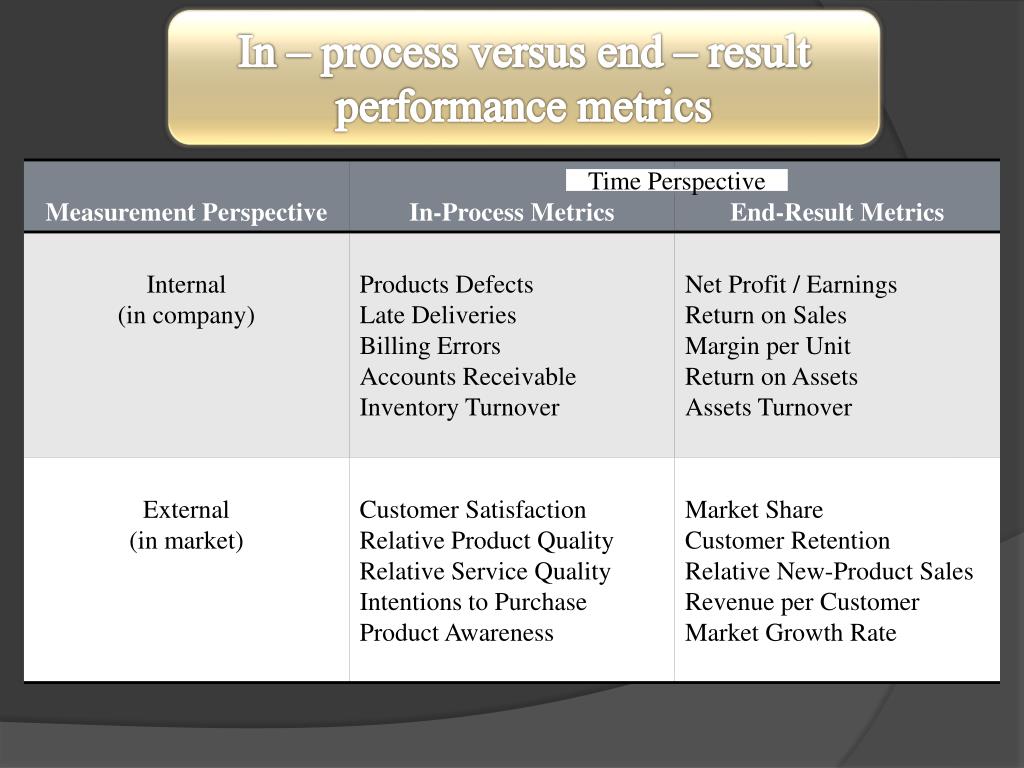 thetimeparadox.com/surveys. Accessed on 20.07.2018. [Google Scholar]
thetimeparadox.com/surveys. Accessed on 20.07.2018. [Google Scholar]
| Methodology for studying the time perspective of F. Zimbardo | ||||||||||||||||||||||||||||||||||||||||||||||||||||||||||||||||||||||||||||||||||||||||||||||||||||||||||||||||||||||||||||||||||||||||||||||||||||||||||||||||||||||||||||||||||||||||||||||||||||||||||||||||||||||||||||||||||||||||||||||||||||||||||||||||||||||||||||||||||||||||||||||||||||||||||||||||||||||||||||||||||||||||||||||||||||||||||||||||||||||||||||||
| Psychodiagnostics of a psychologist at school - Diagnostics of the emotional and personal sphere | ||||||||||||||||||||||||||||||||||||||||||||||||||||||||||||||||||||||||||||||||||||||||||||||||||||||||||||||||||||||||||||||||||||||||||||||||||||||||||||||||||||||||||||||||||||||||||||||||||||||||||||||||||||||||||||||||||||||||||||||||||||||||||||||||||||||||||||||||||||||||||||||||||||||||||||||||||||||||||||||||||||||||||||||||||||||||||||||||||||||||||||||
| Purpose: to study the assessment of the prevalence of different temporal orientations in the respondent. The technique was developed by the famous American psychologist Philip Zimbardo. The questionnaire is designed to study the subjective picture of the time of the individual and consists of 56 statements. nine0014 Procedure: Questionnaire consists of five scales, each of which is aimed at assessing the prevalence of different time orientations of the respondent:
Past Negative: Present Hedonistic: Future: Instructions: Please read each of the 56 statements below carefully. Indicate how accurately each of them describes you and circle the number in the appropriate box on the right. An answer must be given for each statement. F. Zimbardo Time Perspective Methodology
Past Negative: 04, 05, 16, 22, 27, 33, 34, 36, 50, 54 |
Federal State Budgetary Scientific Institution "Institute for Education Development Strategy of the Russian Academy of Education"
Search result: 1 properties found.
Number of lines: 5101520253050100All
- 1. Lanin Boris Alexandrovich
- (Content / Staff / Lanin Boris Alexandrovich)
- ... (Dis)Connections, Copenhagen – Nizhnii Novgorod, 2008, pp. 70-84. (in English)32. ‘Imaginary Russia in contemporary Russian dystopia’, in Beyond the Empire: Images of Russia in the Eurasian Cultural ...
Dear Natalya Ivanovna! From the entire staff of the Institute, please accept the kindest congratulations on your anniversary! Your professional activity is connected with the study of topical issues of the theory and methodology of teaching computer science and mathematics at school and university, with the study of problems of vocational training. ..
..
Dear colleagues, dear friends! Please accept my heartfelt congratulations on the most beautiful, magical and bright holiday - the New Year! The outgoing 2022 was a fruitful life stage for us, giving us the joy of scientific breakthroughs and educational achievements. He filled us with wisdom and strength, brought us...
In the next issue of the publication "Teacher's newspaper" No. 51 dated December 20, 2022, an article by Mikhail Viktorovich Boguslavsky "Renaissance Man" was published. The article is devoted to a holistic and multifaceted presentation of the ascetic activity of the remarkable teacher, psychologist and defectologist Vikt...
The Russian society "Knowledge" within the framework of the project "Woman in History" presented the scientific and educational program "Woman in History: Nadezhda Krupskaya". Co-host of the program: Mikhail Viktorovich Boguslavsky - Chief Researcher of the Laboratory for Comparative Education and the History of Pedagogy, Doctor of Science.

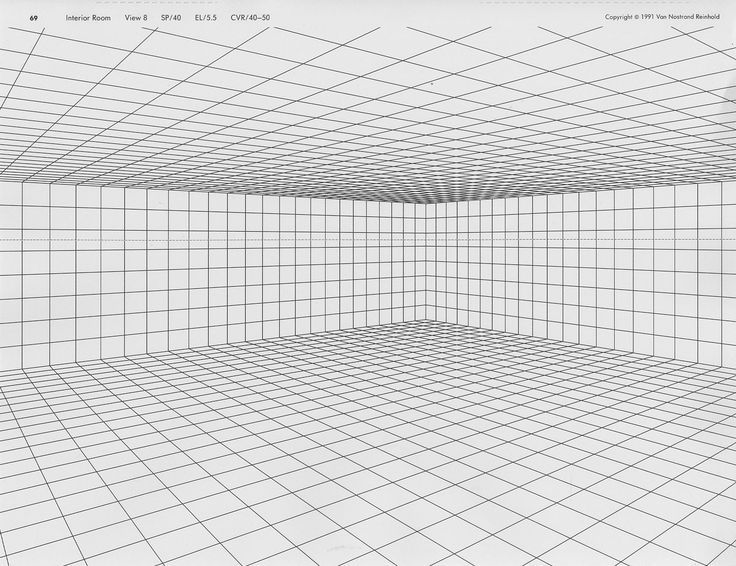 In a sample of 606 undergraduate students, exploratory factor analysis confirmed the five-factor solution uncovered in previous iterations of the survey. This structure was then tested in a new sample of 361 students using confirmatory factor analysis. All loadings but two exceeded the standardized cutoff of .30 (one was -.26, another .29), and fit indices were favorable (Χ2/df = 2.30). Test-retest was examined in a sample of 58 undergraduate students, and, over the course of four weeks, scores remained stable, rs > .70.
In a sample of 606 undergraduate students, exploratory factor analysis confirmed the five-factor solution uncovered in previous iterations of the survey. This structure was then tested in a new sample of 361 students using confirmatory factor analysis. All loadings but two exceeded the standardized cutoff of .30 (one was -.26, another .29), and fit indices were favorable (Χ2/df = 2.30). Test-retest was examined in a sample of 58 undergraduate students, and, over the course of four weeks, scores remained stable, rs > .70.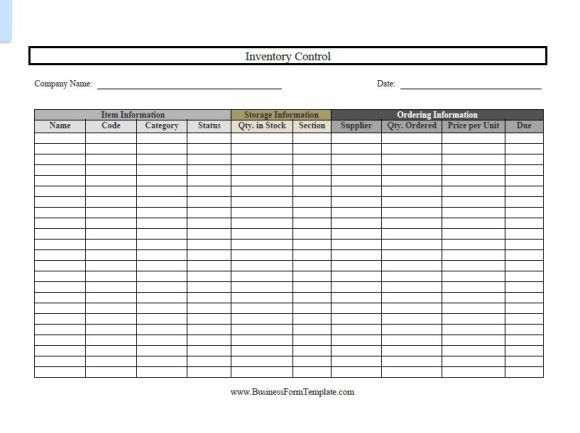 Analyses confirmed that these scales did indeed load onto different factors.
Analyses confirmed that these scales did indeed load onto different factors. 5
5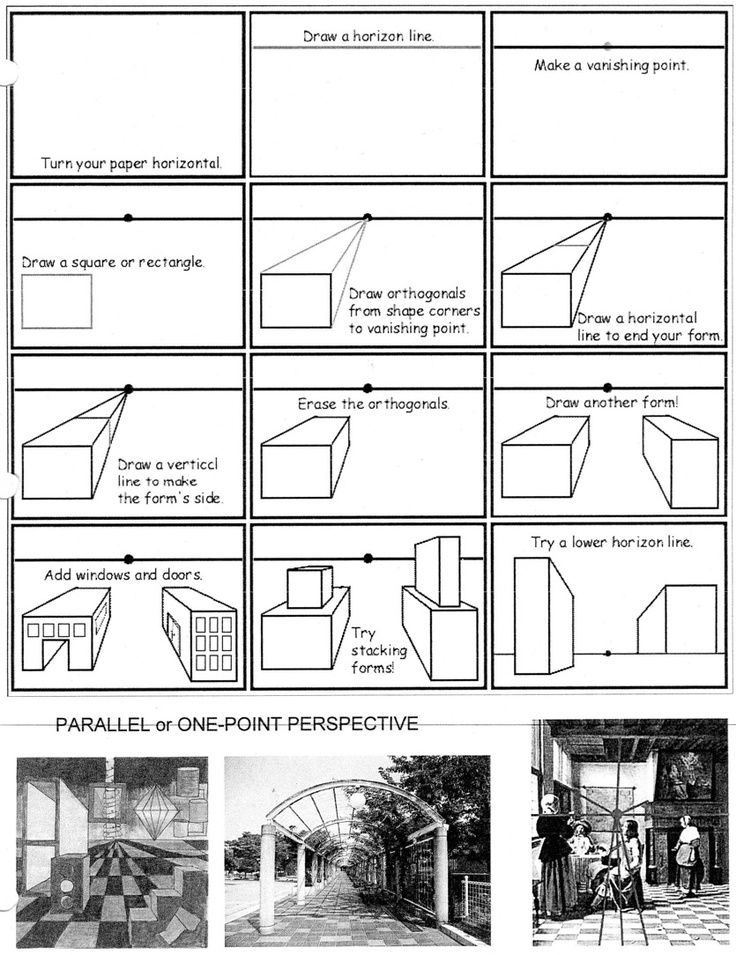

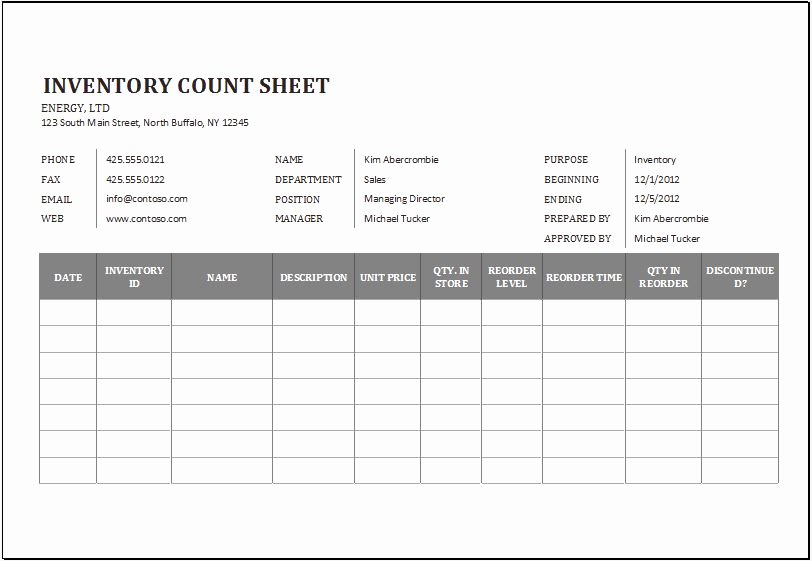 High scores on this scale correlate with low ability to anticipate and weigh future consequences, inconsistency, poor ego control, impulsiveness, sensation seeking. According to research, representatives of this group are more likely to use psychoactive substances, have unclear goals for the future. At the same time, they are energetic, participate in a large number of different activities, and often go in for sports. nine0018 The following statements belong to this scale: 1, 8, 12, 17, 19, 23, 26, 28, 31,32,42,44,46,48,55.
High scores on this scale correlate with low ability to anticipate and weigh future consequences, inconsistency, poor ego control, impulsiveness, sensation seeking. According to research, representatives of this group are more likely to use psychoactive substances, have unclear goals for the future. At the same time, they are energetic, participate in a large number of different activities, and often go in for sports. nine0018 The following statements belong to this scale: 1, 8, 12, 17, 19, 23, 26, 28, 31,32,42,44,46,48,55. 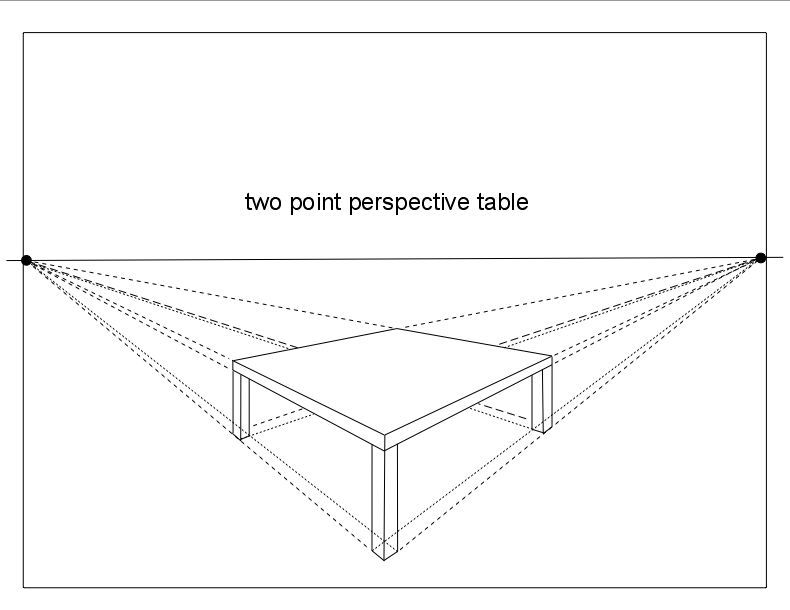 At the same time, they are distinguished by excellent organizational planning skills and high personal effectiveness, have clear goals for the future, and their daily life is streamlined and structured. Tend to experience moderate to high levels of stress, subjectively associated with lack of time. nine0018 The following statements belong to this scale: 6, 9, 10, 13, 18, 21, 24, 30, 40,43,45,51,56.
At the same time, they are distinguished by excellent organizational planning skills and high personal effectiveness, have clear goals for the future, and their daily life is streamlined and structured. Tend to experience moderate to high levels of stress, subjectively associated with lack of time. nine0018 The following statements belong to this scale: 6, 9, 10, 13, 18, 21, 24, 30, 40,43,45,51,56. 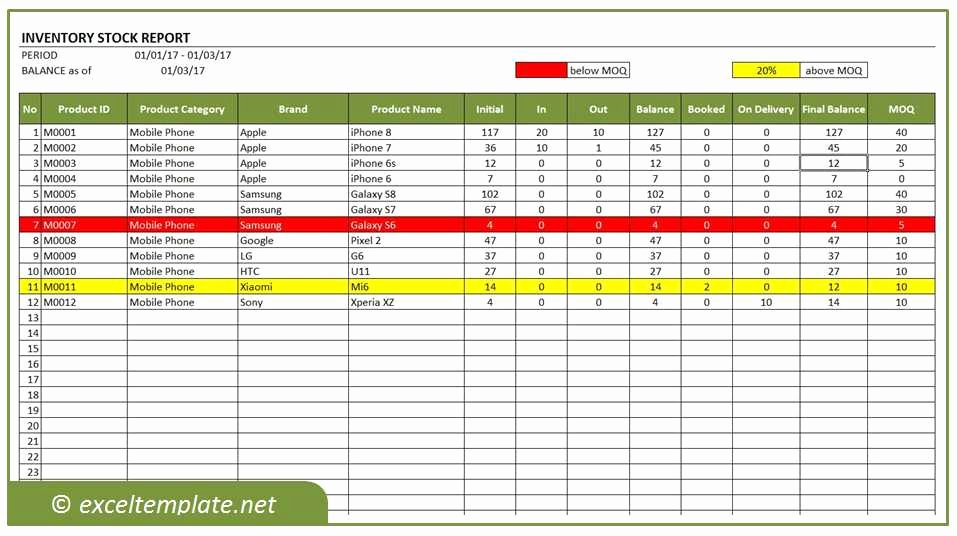 These people are convinced that the future is predetermined and does not depend on the actions of the person himself. From the point of view of these people, a person is a toy in the hands of fate. They are generally dissatisfied with their lives and do not think that this will change in the future. Research has shown that high scores on this scale correlate with depression and high levels of anxiety, low ability to anticipate and weigh future consequences, and aggression. Special studies indicate that high scores on this scale correlate with HIV risk behavior. People with such high scores have more sexual partners and practice unsafe sex. The following statements belong to this scale: 3, 14, 35, 37, 38, 39, 47, 52, 53.
These people are convinced that the future is predetermined and does not depend on the actions of the person himself. From the point of view of these people, a person is a toy in the hands of fate. They are generally dissatisfied with their lives and do not think that this will change in the future. Research has shown that high scores on this scale correlate with depression and high levels of anxiety, low ability to anticipate and weigh future consequences, and aggression. Special studies indicate that high scores on this scale correlate with HIV risk behavior. People with such high scores have more sexual partners and practice unsafe sex. The following statements belong to this scale: 3, 14, 35, 37, 38, 39, 47, 52, 53. 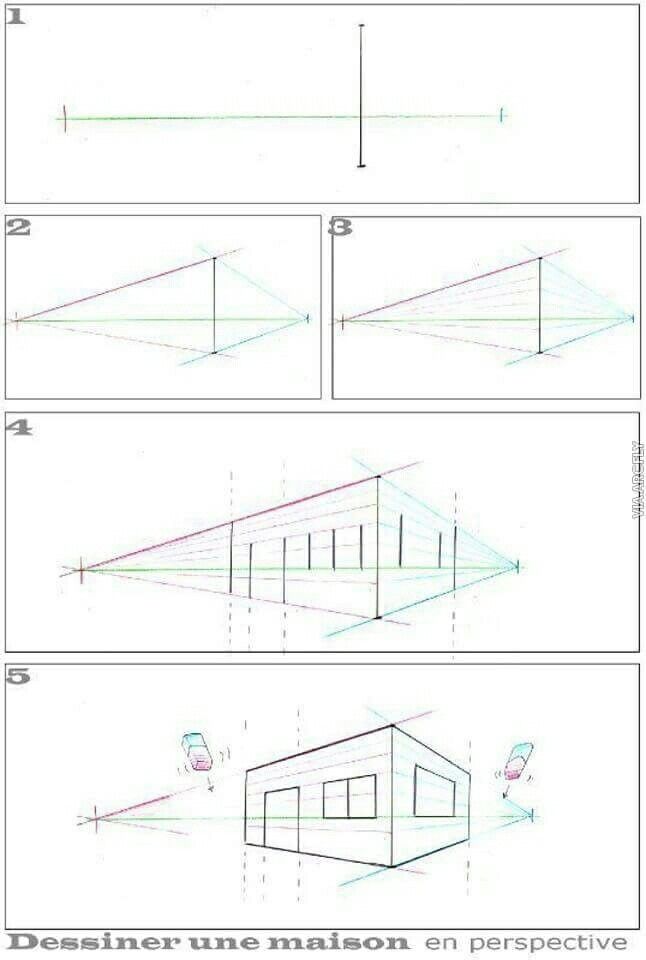 A person needs a harmonious combination of these three orientations in order to realize his full potential. nine0014
A person needs a harmonious combination of these three orientations in order to realize his full potential. nine0014  Places, sounds and smells familiar from childhood often evoke a flood of wonderful memories.
Places, sounds and smells familiar from childhood often evoke a flood of wonderful memories. 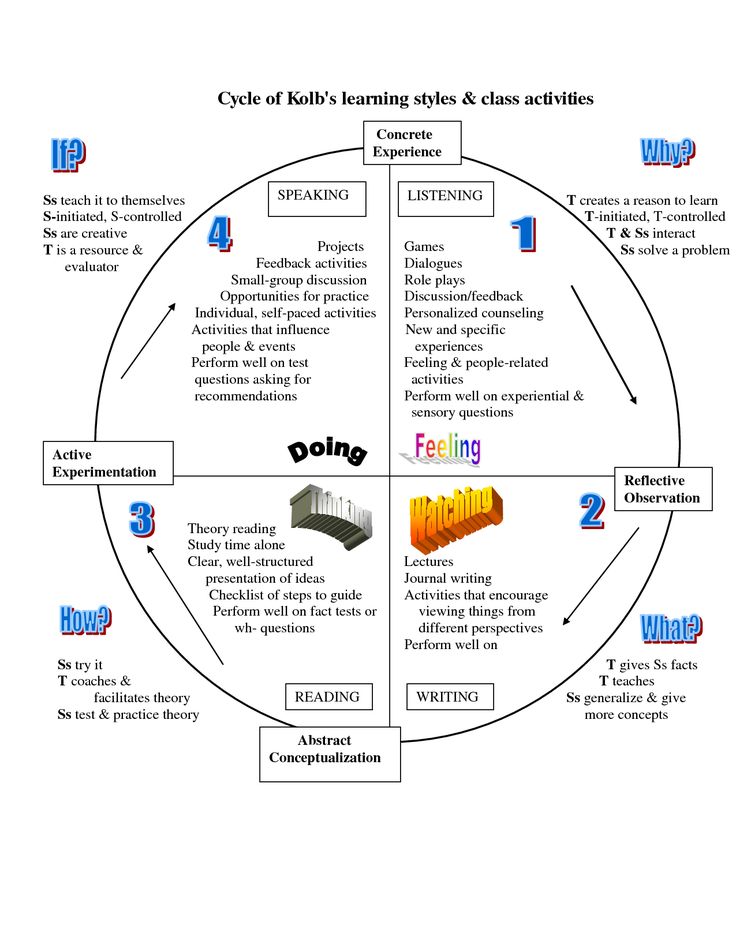 My decisions are most influenced by the people around me and the events that take place around me.
My decisions are most influenced by the people around me and the events that take place around me.  I act impulsively.
I act impulsively.  To be honest, I can remember more about my past
To be honest, I can remember more about my past  What will be will be, which means that my actions do not matter much.
What will be will be, which means that my actions do not matter much.  I try to live life as fully as possible without thinking about tomorrow.
I try to live life as fully as possible without thinking about tomorrow. 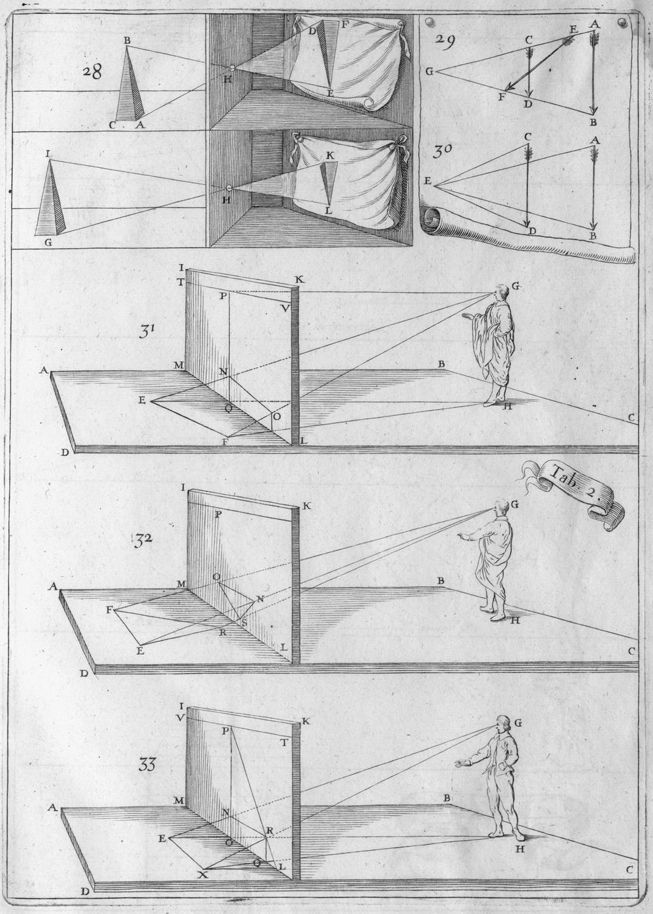 Happy memories of good times come easily to mind.
Happy memories of good times come easily to mind.  I make decisions without thinking.
I make decisions without thinking.  It is important that my life is exciting.
It is important that my life is exciting. 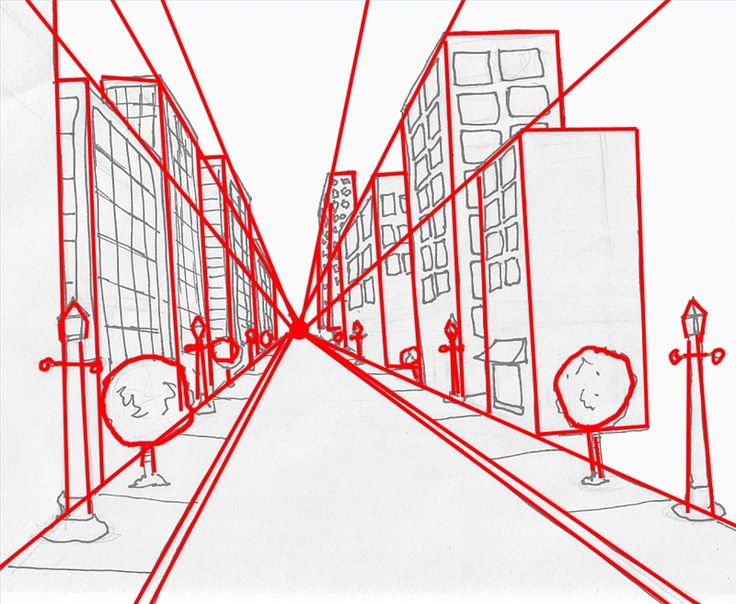 I remember my childhood with nostalgia.
I remember my childhood with nostalgia. 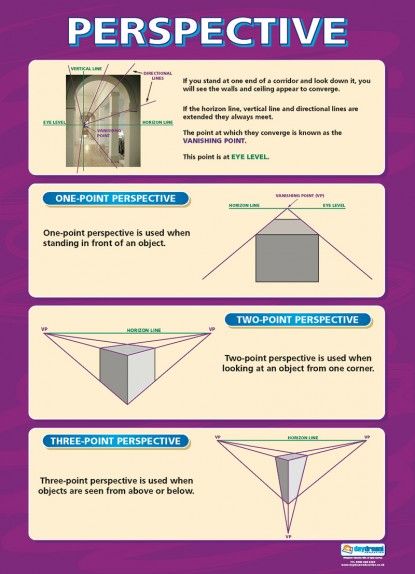 Taking risks keeps my life from getting boring.
Taking risks keeps my life from getting boring. 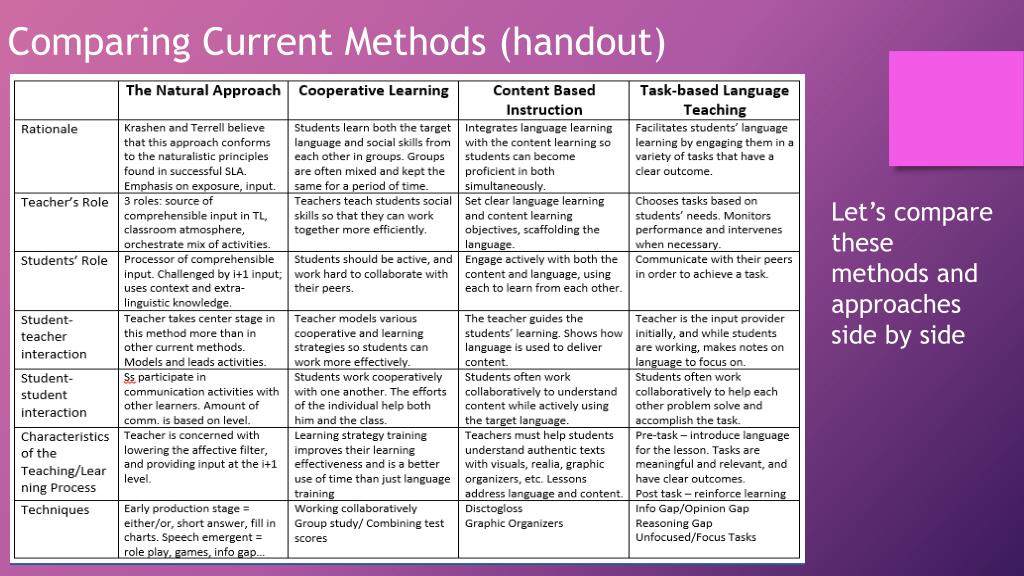 It is difficult for me to get rid of unpleasant memories of my childhood and youth.
It is difficult for me to get rid of unpleasant memories of my childhood and youth.  It is impossible to plan for the future because everything changes very quickly. nine0014
It is impossible to plan for the future because everything changes very quickly. nine0014  I complete tasks on time, moving towards the goal step by step.
I complete tasks on time, moving towards the goal step by step.  I make lists of things to do.
I make lists of things to do. 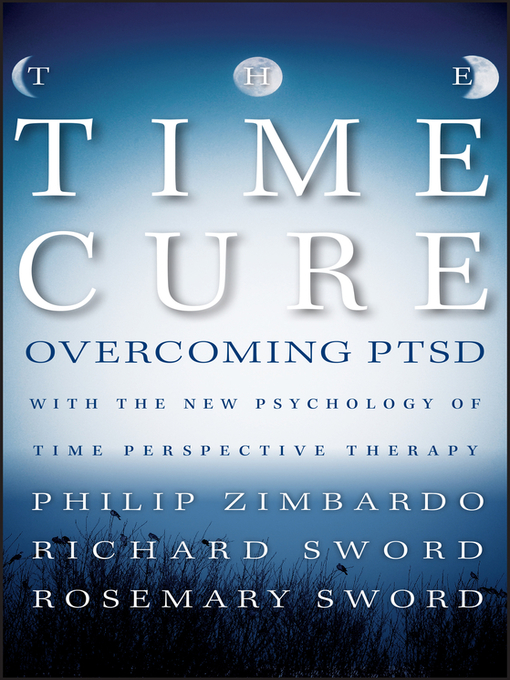 I often get caught up in a moment.
I often get caught up in a moment. 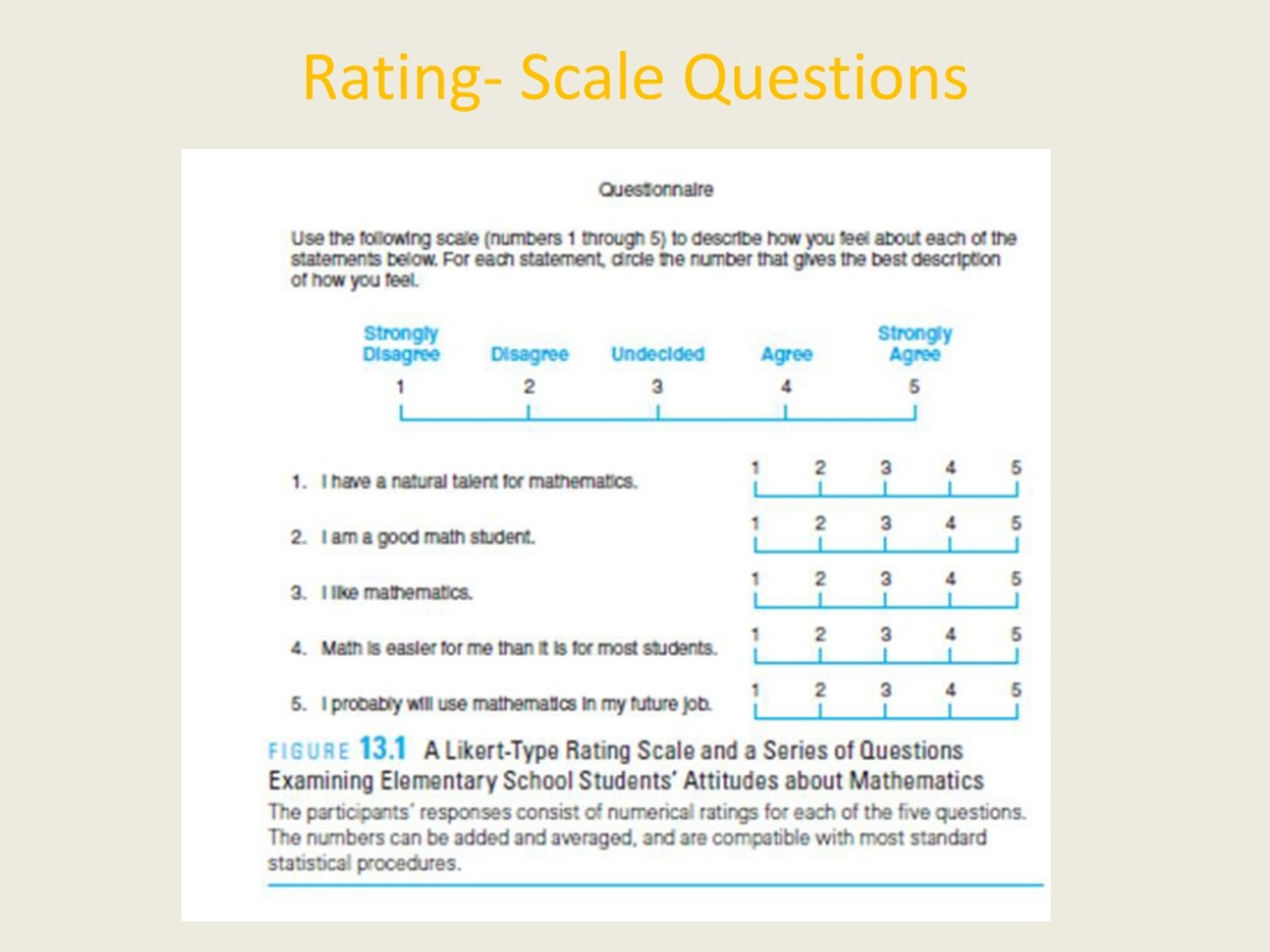 I like family traditions and rituals that are repeated from time to time.
I like family traditions and rituals that are repeated from time to time. 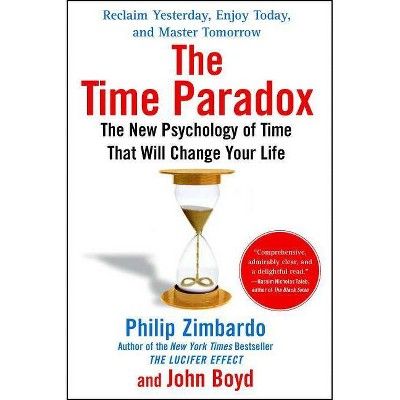 What I earn is better spent on pleasure today than saving money for the future. nine0014
What I earn is better spent on pleasure today than saving money for the future. nine0014 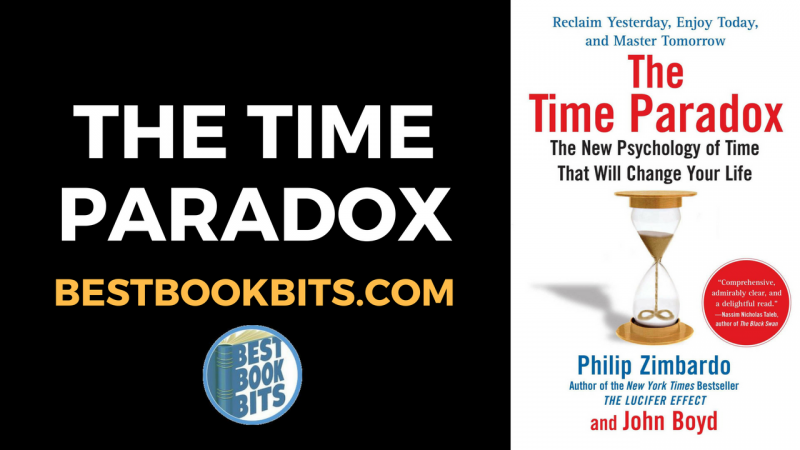 I like to have passion in my personal relationships. nine0014
I like to have passion in my personal relationships. nine0014 


